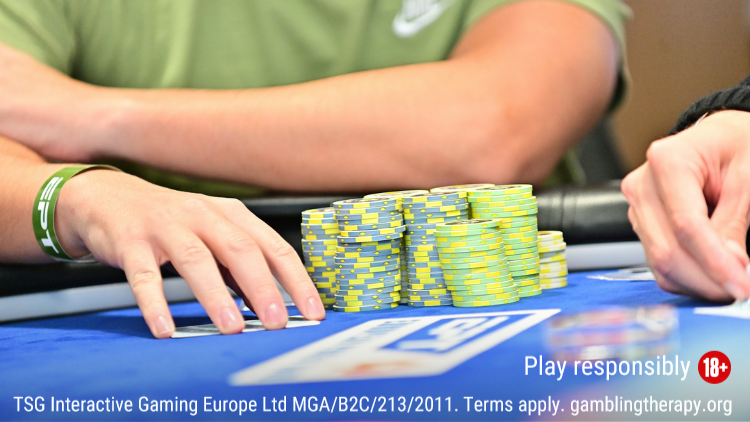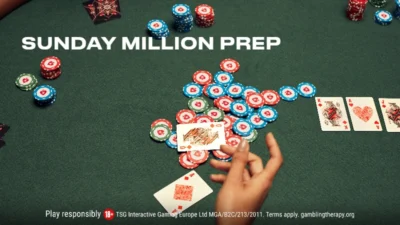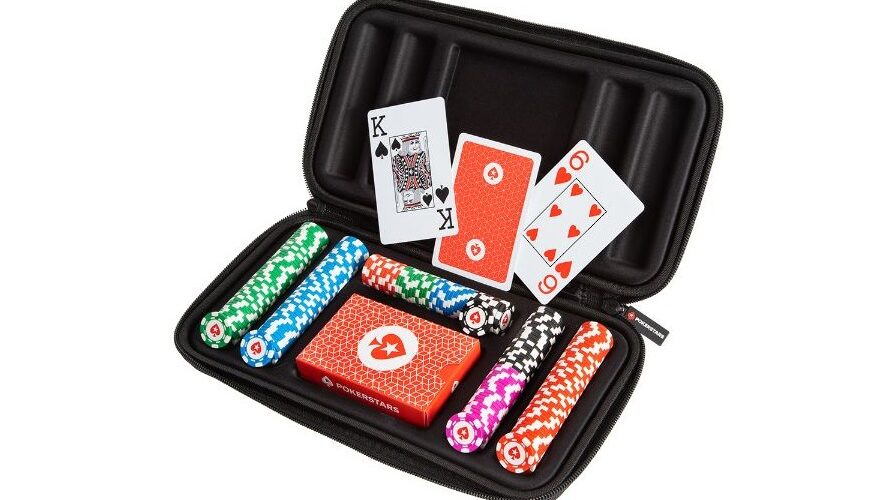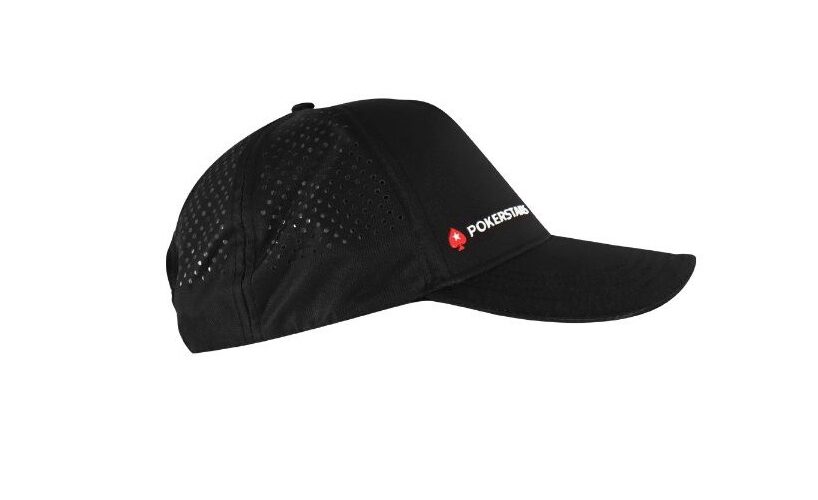Table of Contents
That’s it. The hand in which you were ‘the dealer’ is over.
You watch as the button slides to the player on your left, and you miss it already. You’ll have to wait an entire orbit for it to find its way back to you.
But now’s not the time to lose concentration or go use the bathroom*. Far from it.
Because the position to the right of the dealer button can potentially be just as powerful.
If you’re new to poker and not yet familiar with the various positions around the poker table, ‘the cutoff’ probably doesn’t mean anything to you. But after reading this article, you’ll know why the cutoff is considered the second-best seat, and how you can use it to your advantage.
*(In theory, the best time to run to the toilet is when you’re under the gun, provided you make it back in time for your big blind! Be quick!)
What is the cutoff in poker?
At a nine-handed poker table, there are nine different positions. These are:
Small blind
Big Blind
Under the gun (UTG)
UTG+1
Middle position
Lojack
Hijack
Cutoff
The dealer (a.k.a. The button, or BTN)
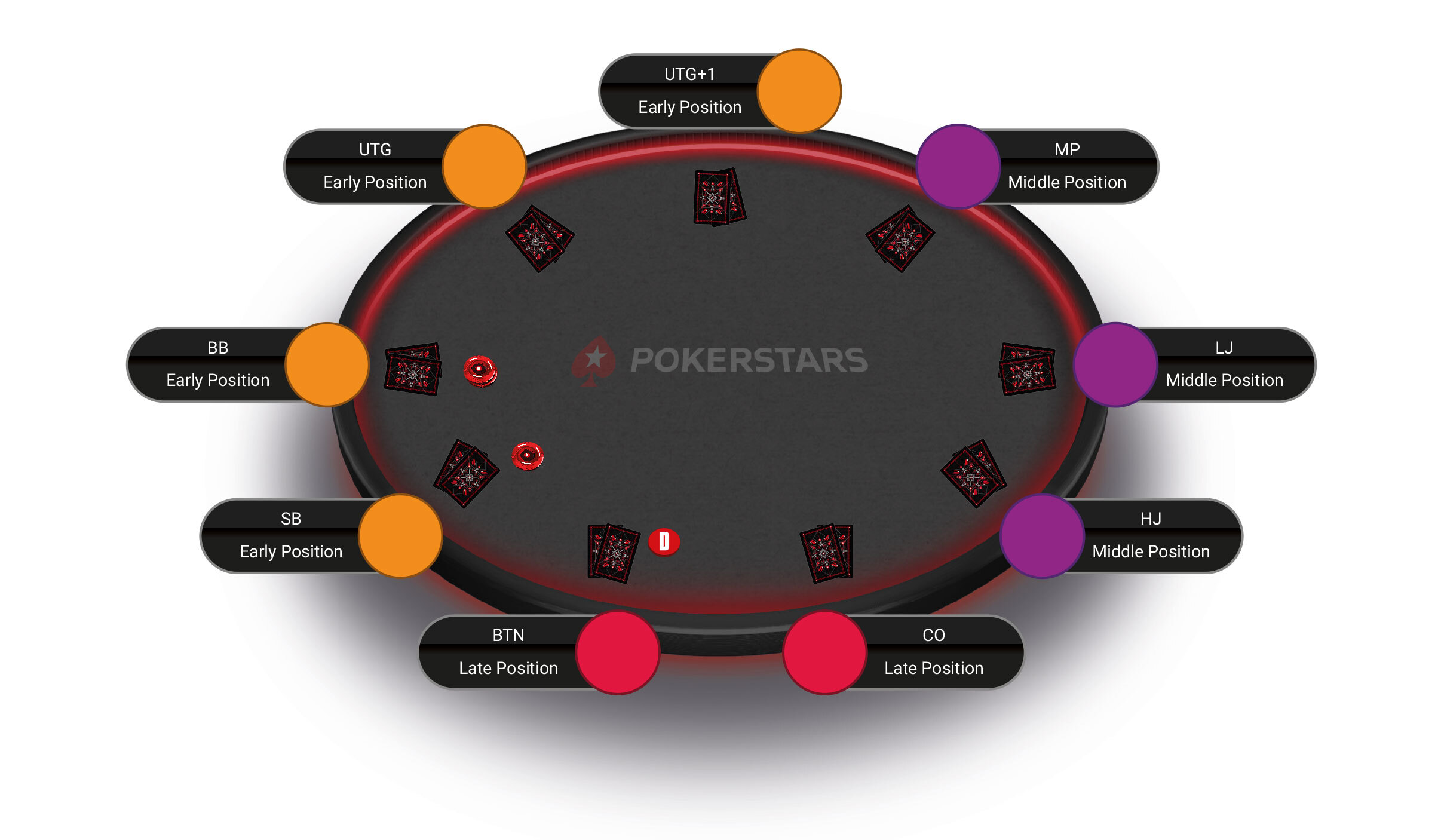
But what is the cutoff in poker?
Well, the cutoff is the position to the right of the dealer button, which rotates clockwise around the table (if you’re playing on PokerStars, this is done automatically, while in a professional live game, the dealer will move the button for you).
This means that once every orbit, you’ll find yourself in the cutoff position.
Why is it called the cutoff?
If you begin with the big blind and work backwards, all of the poker positions make obvious sense, until you get to the cutoff.
The big blind posts the big blind. The small blind posts the small blind. The button has the dealer button.
But why is it called the cutoff? What is the cutoff position in poker cutting off exactly?
As we covered in a recent article, there is no single definition that all poker historians agree on as to where the name came from. But two plausible suggestions come to mind.
The first is that the player to the right of the dealer would often cut the deck of cards after a shuffle, ensuring there’s no funny business going on and that the dealer can’t rig their shuffle. Of course, this only really applies to real-life Home Games where players deal the cards themselves.
So, the cutoff cuts the cards. That makes sense.
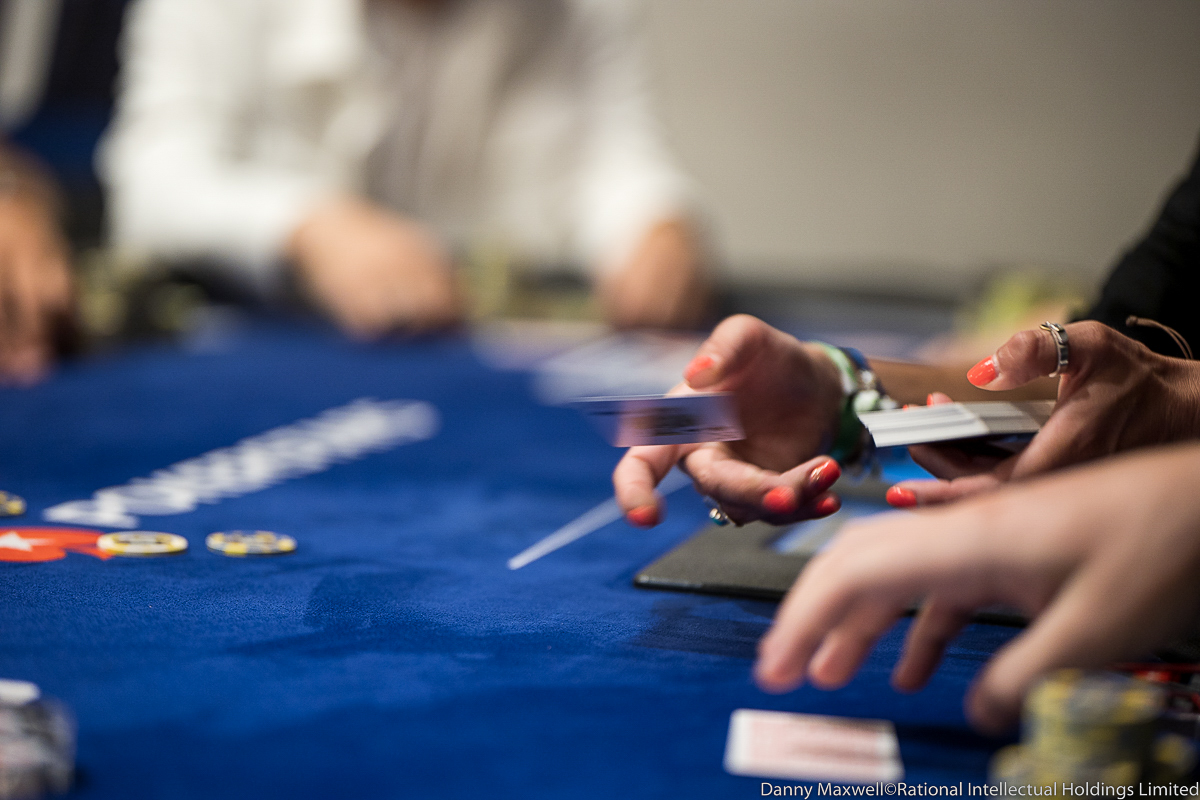
The player to the right of the dealer would often cut the deck before the deal
The second suggestion is more figurative.
As we covered in our ‘Understanding the button’ article, the dealer button is considered the most powerful position at the poker table, due to its late position and guaranteed positional advantage on future streets.
But as the cutoff acts first, they have the chance to cut off the button’s ability to raise practically any two cards by getting there first and putting in a raise of their own. This is one of the main advantages of being in the cutoff.
What are the advantages of the cutoff position in poker?
As mentioned, the cutoff is one of poker’s ‘late positions’, meaning the player in the cutoff is one of the last to act pre-flop, with only the button, small blind and big blind behind them.
Being in late position is preferable because you get to see how most players at the table act before it’s your turn.
But let’s say it folds to the cutoff. They now have the chance to open-raise and steal the initiative from the button. If the raise gets the button to fold, the cutoff only has the blinds to worry about and will be guaranteed to be ‘in position’ (i.e. last to act) post-flop should there be any callers.
Because of this, the cutoff can open with a much wider range of hands than a player in early position can, as they have fewer players to contend with.
Moreover, if a player in an earlier position does open, the cutoff can three-bet more liberally and apply pressure to force a fold, safe in the knowledge they’ll have post-flop position should the raiser call.
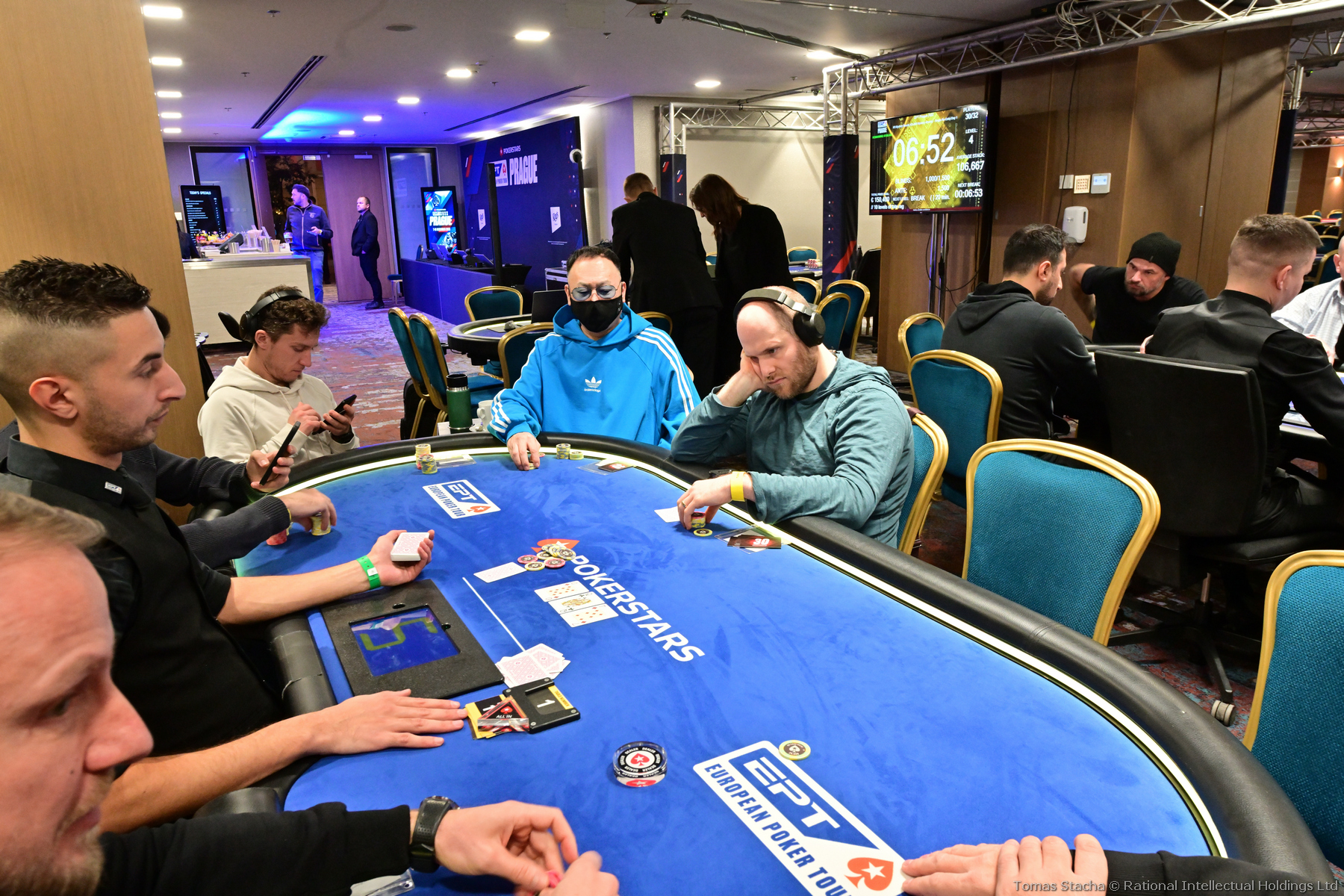
A POV from the cutoff seat
What are the disadvantages of the cutoff position?
There’s only really one disadvantage to being in the cutoff and that’s the pesky player on the button.
The button remains a more powerful seat and is the only one to have position on the cutoff. This means if the cutoff pushes their luck and opens too frequently, particularly if they’ve shown down weak hands, the button can punish them by three-betting and forcing them to either fold or call and head to the flop out of position.
Players in the cutoff are expected to play wide ranges in tournaments, so when you open with the bottom of your range (i.e. your weakest opening hands), the players in the blinds could also pick up on the fact you’re opening a lot from that position and then attack you with hefty three-bets.
But then again, they could also do this when you hold a monster hand, and you only need to pick up one to stack them.
Final thoughts
Just because your time with the dealer button has come to an end, you’re still in a very powerful position when you’re in the cutoff.
- You get to see how most of your opponents act before you have to
- If it folds to you, you can steal the initiative from the button by opening first
- You can also apply pressure to those in the blinds and steal them without seeing a flop
- You can play a more aggressive strategy from the cutoff than earlier positions
- If you choose to play the hand, you’re guaranteed to be in position on every street post-flop versus everyone except the button
Check out:
Understanding ‘The Hijack’ in poker
Understanding ‘The Button’ in poker


